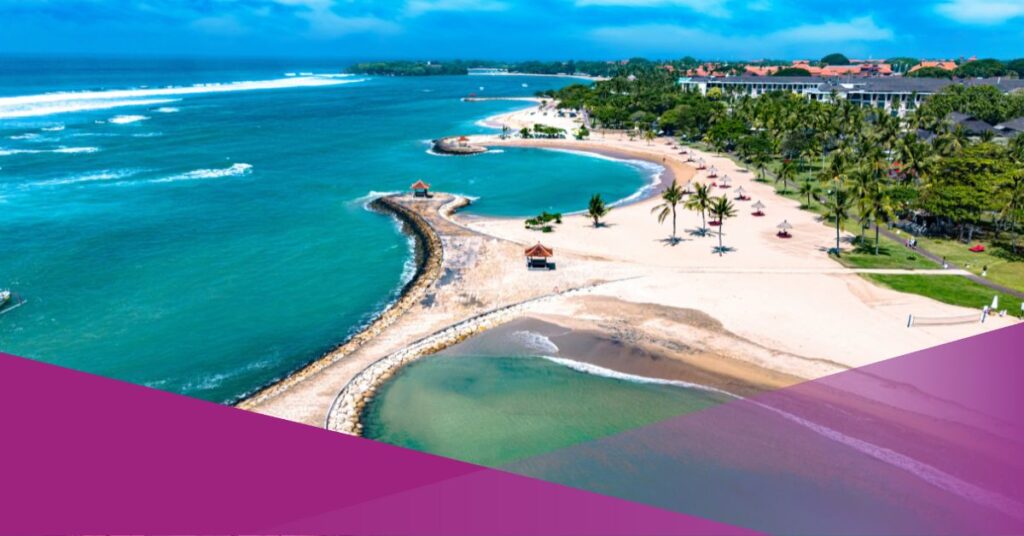On 3rd January 2024, Mount Dukono in North Maluku underwent an eruption, propelling volcanic ash up to 4,000 meters from its summit. The event occurred at 6:52 am local time, as the Center for Volcanology and Geological Hazard Mitigation (PVMBG) reported.
Located in North Halmahera Regency, Mount Dukono is an active volcano. To ensure safety, the PVMBG prohibited local activities within a three-kilometre radius of the summit and advised against approaching the nearby Malupang and Warirang Crater.
The eruption’s volcanic ash cloud, reaching 4,000 meters, significantly disrupted daily activities. Moreover, local farmers faced crop failures due to their crops being affected by the volcanic ash fallout.
Workers involved in sand mining within the vicinity of Muye River in Mamuya Village, Ruko River in Ruko Village, and Mede River in Mede Village are forbidden from approaching these areas due to the risk of lava flooding during rainy conditions.
The local Health Service initiated educational efforts targeting individuals affected by respiratory issues due to volcanic ash exposure, urging them to seek immediate medical attention. Mount Dukono experienced two eruptions in November 2023: on 20th November, reaching volcanic clouds of 2,300 meters, and on 7th November with volcanic ash reaching heights of 2,000 meters.
Historical records indicate frequent minor eruptions of Mount Dukono throughout the last century. The most significant eruption occurred in 1550, reaching a magnitude of 3 on the Volcanic Explosivity Index.
Standing at approximately 1,335 meters, Mount Dukono possesses explosive characteristics with two active craters. In history, Dukono holds the title of Indonesia’s most active mountain, classified under a secondary danger category. Since 1933, the mountain has solely experienced minor eruptions without causing any casualties.
































